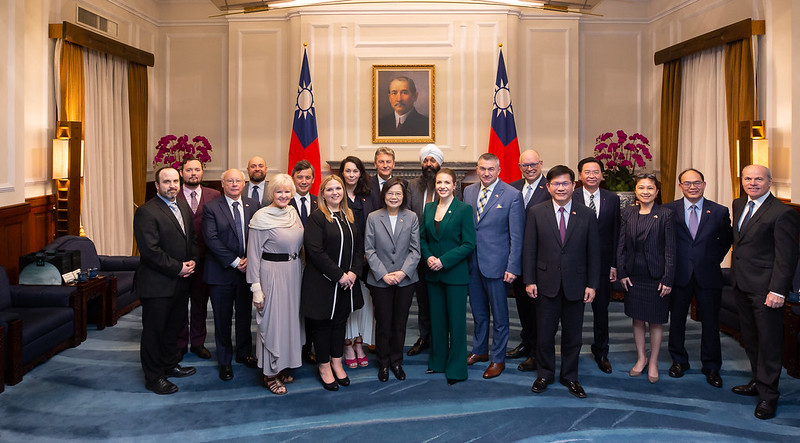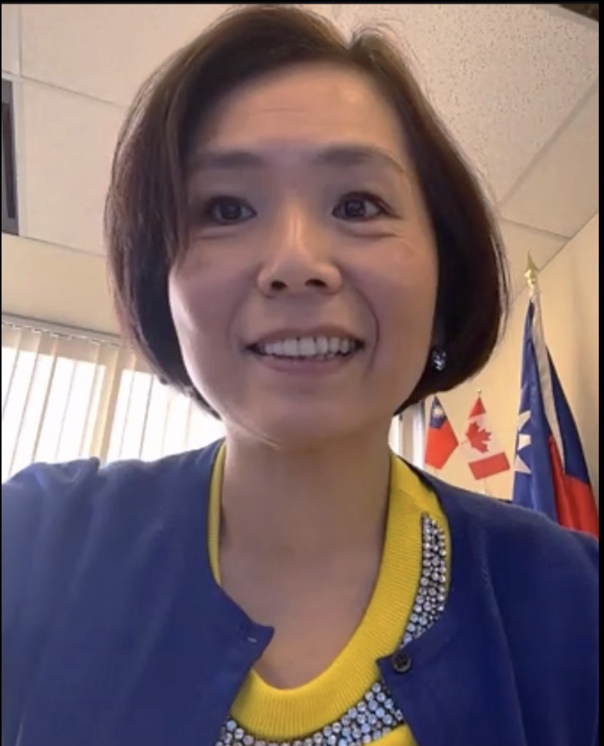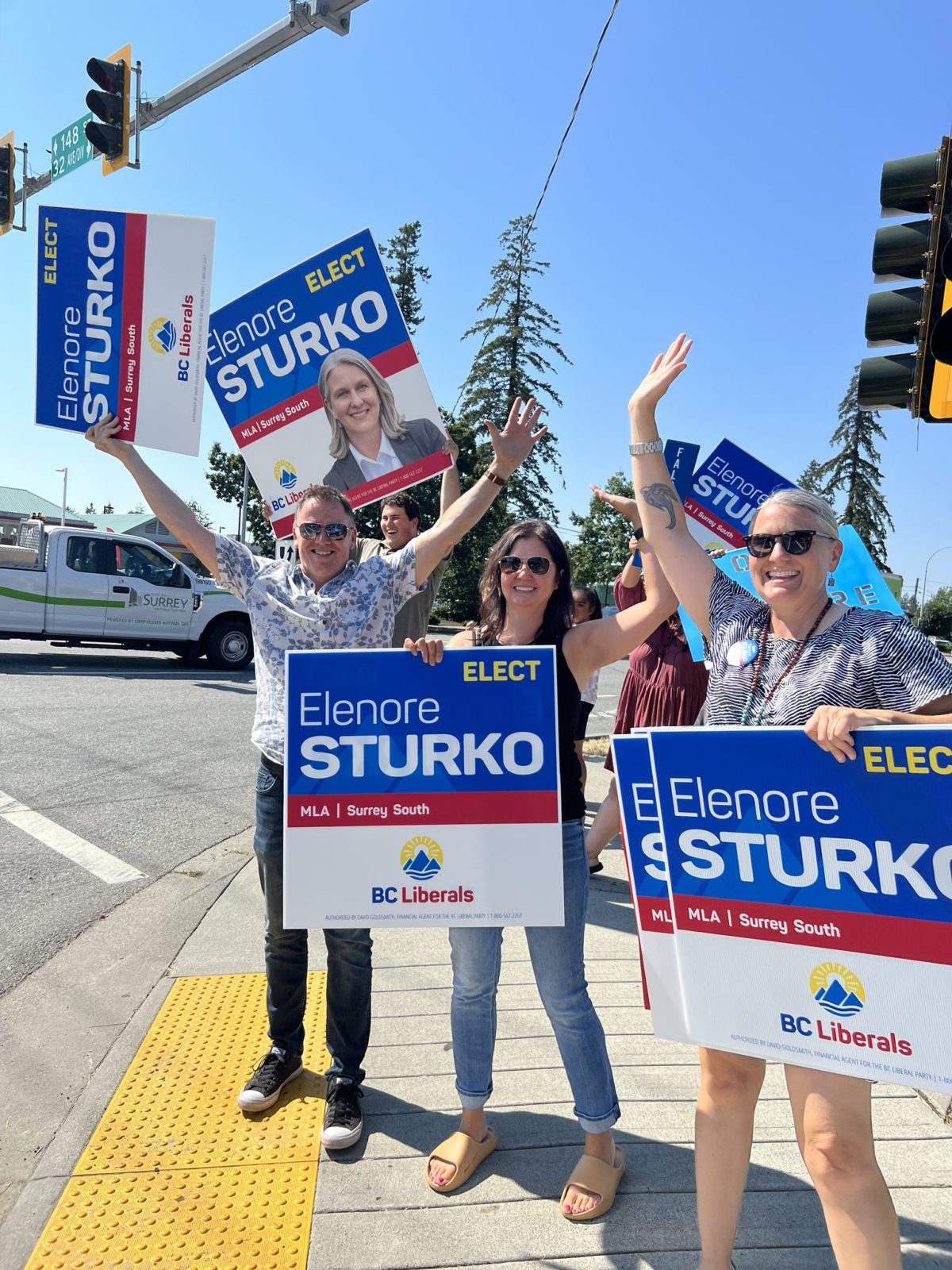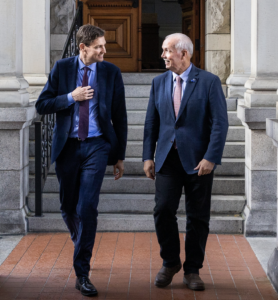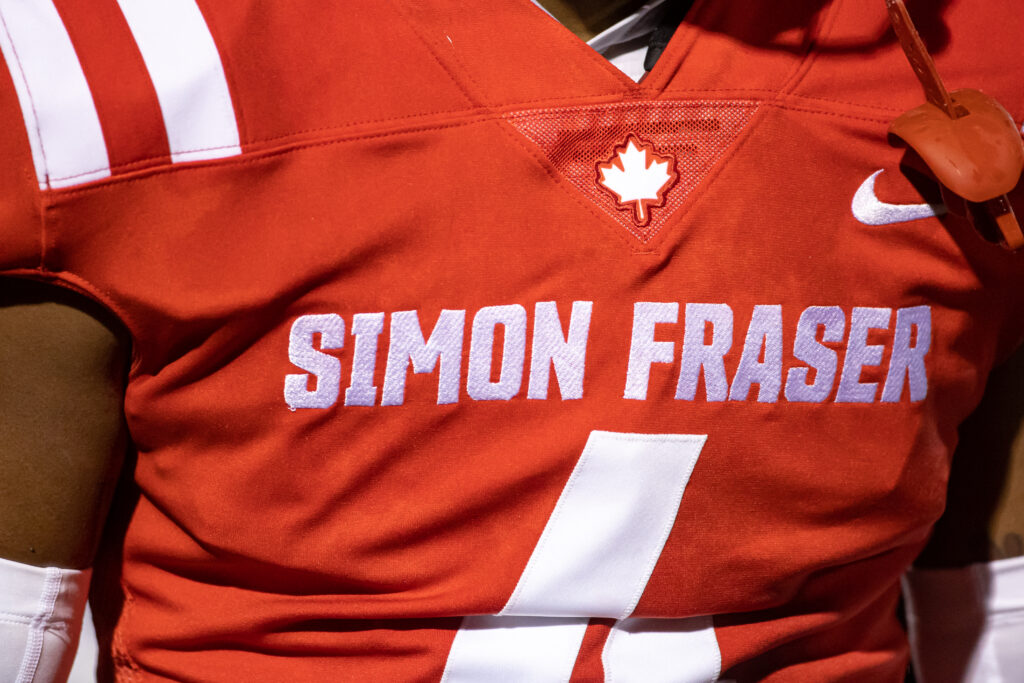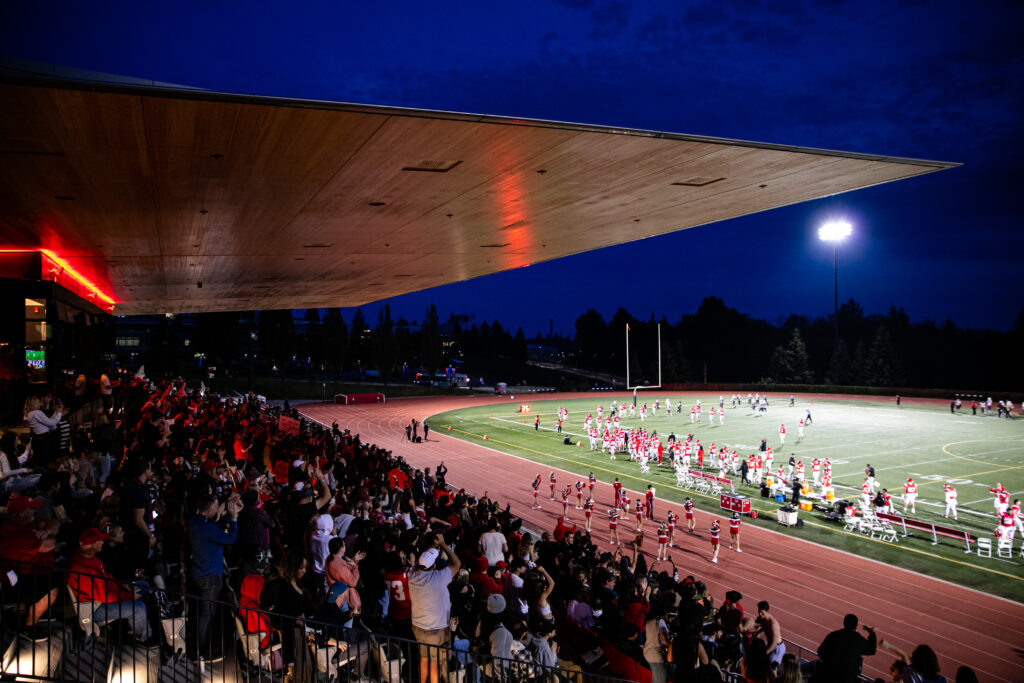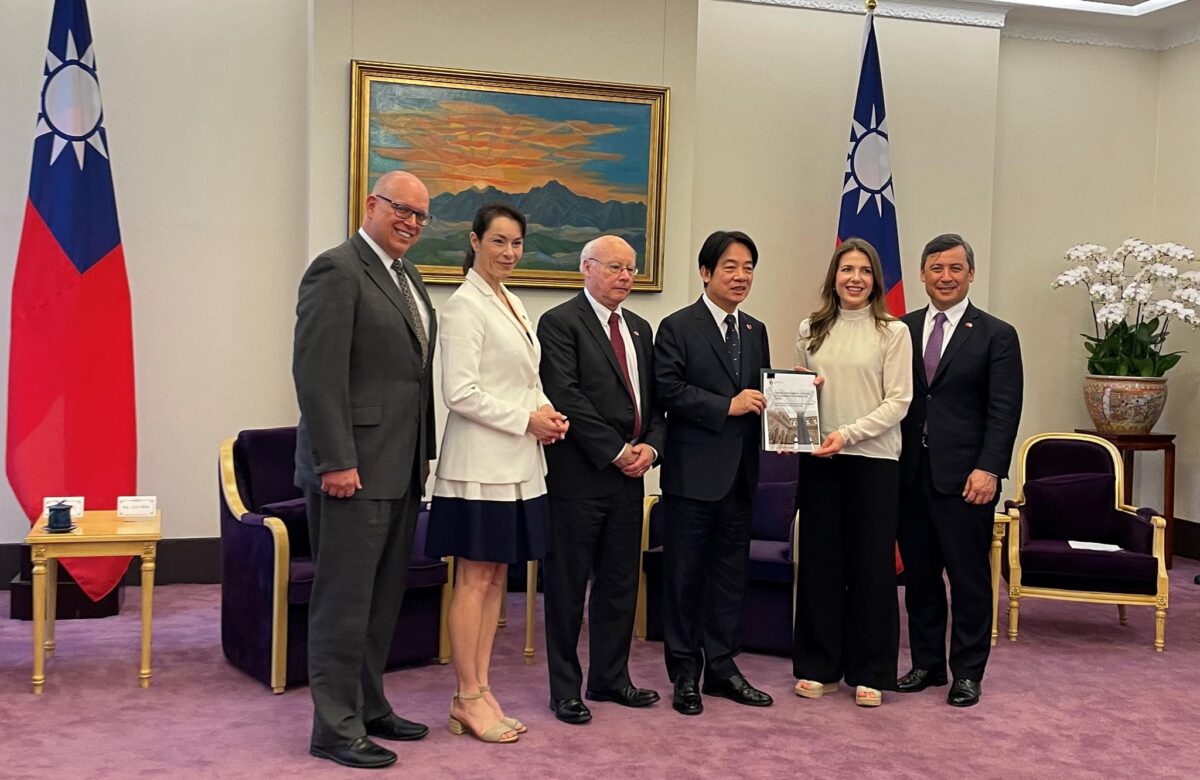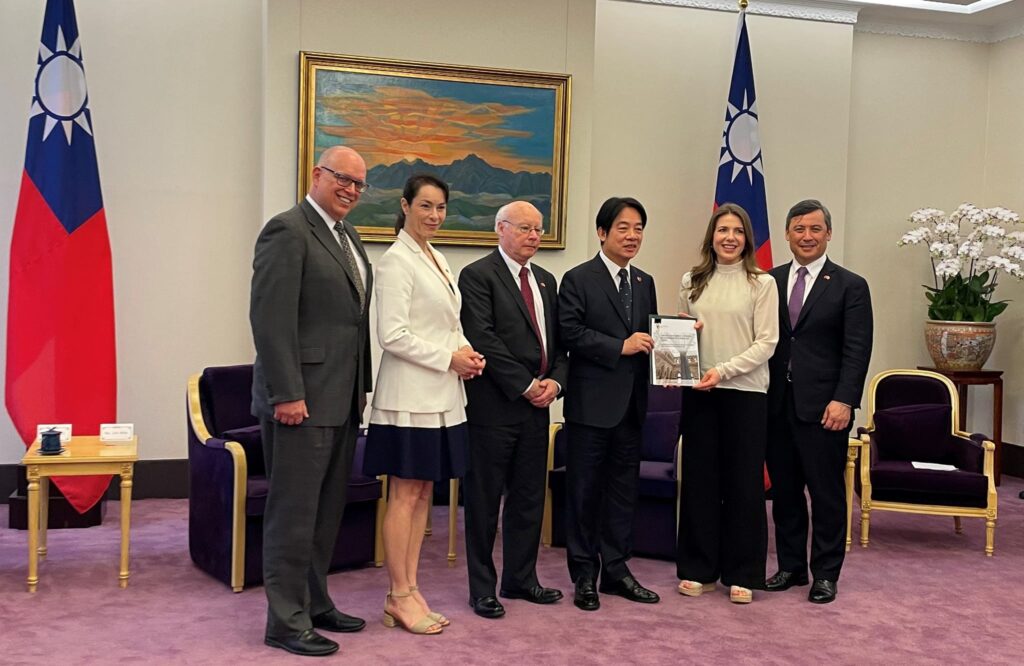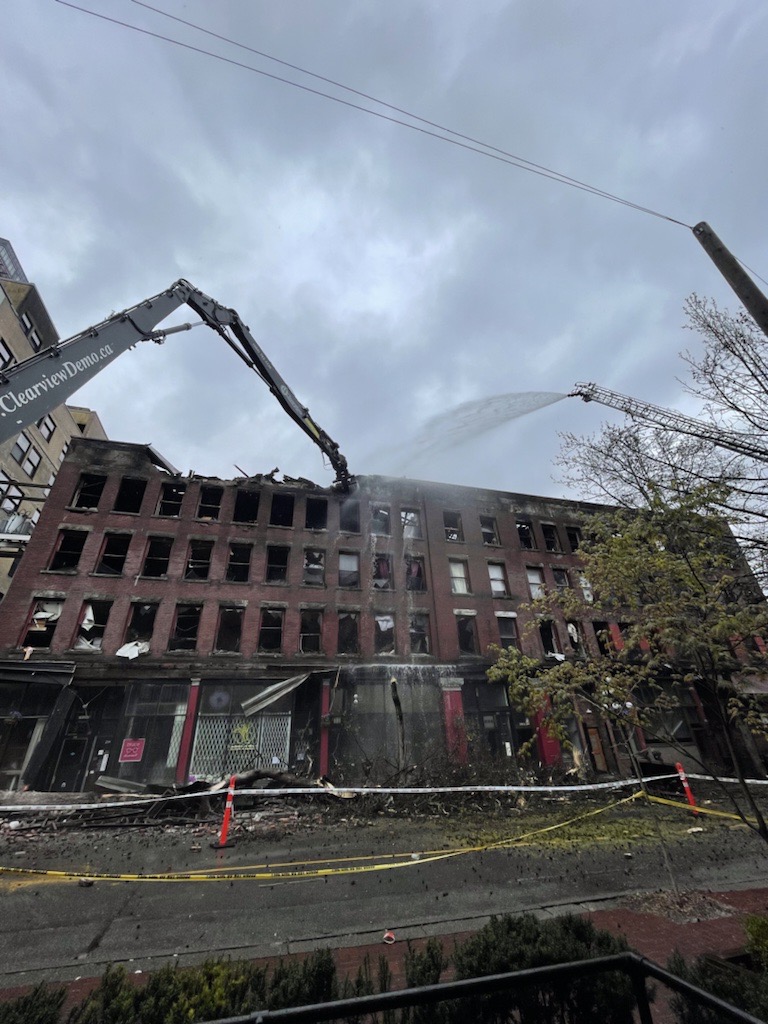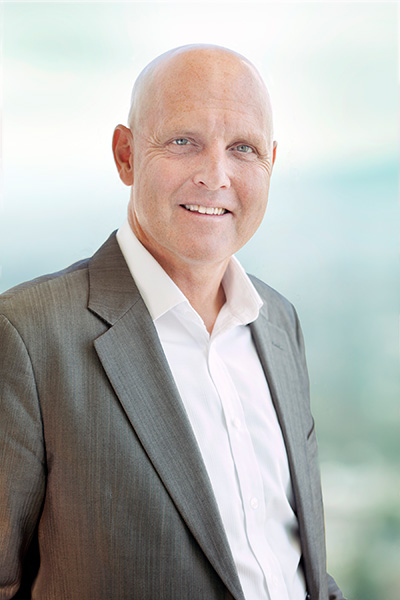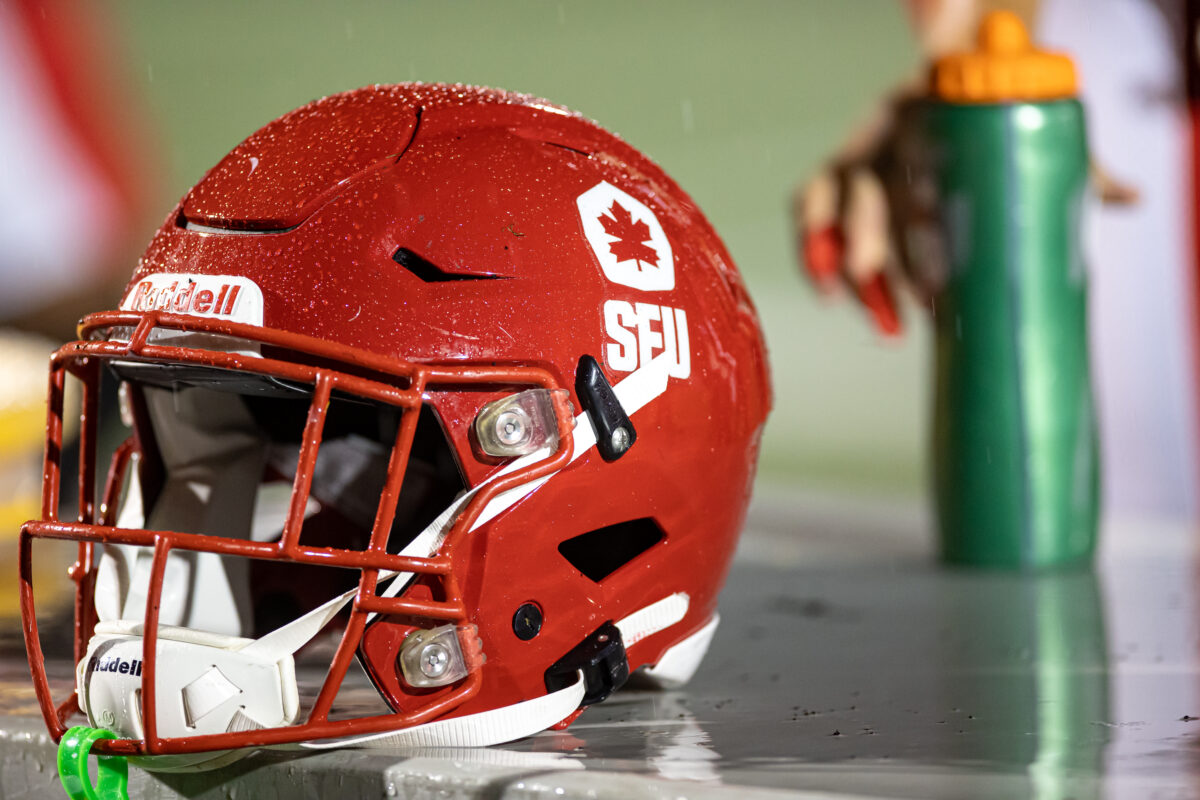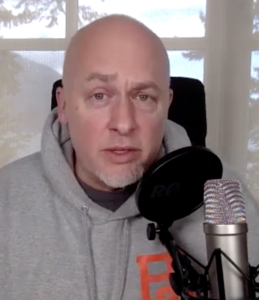Crown lawyer suggests negotiations with First Nations if province loses mining claims challenge
Bob Mackin
If a B.C. Supreme Court judge rules in favour of a First Nation that is challenging B.C.’s online mining claims program, a lawyer for the provincial government says the court should order the two sides to negotiate a new system.

Justice Alan Ross (AHBL)
The Gitxaala Nation, based in Kitkatla, wants the court to overturn mineral claims the province granted between 2018 and 2020 on Banks Island because it says there was no consultation. Gitxaala lawyers say that breached the Crown’s constitutional duty to First Nations and was contrary to the United Nations Declaration on the Rights of Indigenous Peoples (UNDRIP), which B.C. adopted in 2019.
Crown lawyer Leah Greathead told Justice Alan Ross during the judicial review hearing on April 12 that if the court sides with the Gitxaala, it could apply to all First Nations in the province. Although the province wants the petition dismissed, she proposed a remedy.
“We’re asking for 18 months for the province, in consultation and cooperation with Indigenous people, to design a system that meets the province’s consultation obligations, while balancing a wide range of other interests,” Greathead said.
Under the current system, anyone as young as age 18 who is allowed to work in Canada can pay $25 for a “free miner certificate” and then file a mineral claim online for as little as $1.75 per hectare. But Greathead said exercising and developing a claim is more complex, including adhering to provincial regulation through multiple instruments, beyond the Mining Tenure Act (MTA) and the Mining Act.
“The closer you get to building an operating mine, that more pieces of legislation may be relevant,” she said. “For example, the Environmental Assessment Act or other pieces of legislation may also be relevant to the development of the project.”
Greathead said the MTA does not impact the future exercise of aboriginal title. Limited work on the ground can be undertaken by a free miner without affecting aboriginal title or other aboriginal rights.
“We do consult in the context of mining exploration, we don’t consult prior to the issuing of the mineral tenure under the Mineral Tenure Act,” Greathead said. “Have we initiated consultation, have we drawn the correct line as to when consultation should start? And we say we have.”
Greathead acknowledged that section 35 of the constitution did not create aboriginal rights, because the rights had always existed, based on the fact that Indigenous people were here before Europeans arrived.
“The [2019 enacted] Declaration Act affirms the application of the U.N. declaration to the laws of B.C., but does not incorporate the declaration into the laws of British Columbia. So essentially, what the Declaration Act is, is an interpretive tool, which is confirmed by the interpretation,” she said.
“The province and Indigenous peoples have begun the process of reconciling provincial laws with the U.N. declaration and that includes the Mineral Act.”
Gitxaala Nation not only wants the court to declare unconstitutional the B.C. online mineral titles registry, but it also wants a judge to decide that the MTA is inconsistent with UNDRIP.
Lisa Fong, a lawyer for Gitxaala, told the court April 3 that the Gold Rush-era MTA is outdated because legal and church principles once used to justify colonization no longer have any moral or legal effect.
The hearing continues.
Support theBreaker.news for as low as $2 a month on Patreon. Find out how. Click here.
Bob Mackin If a B.C. Supreme Court judge






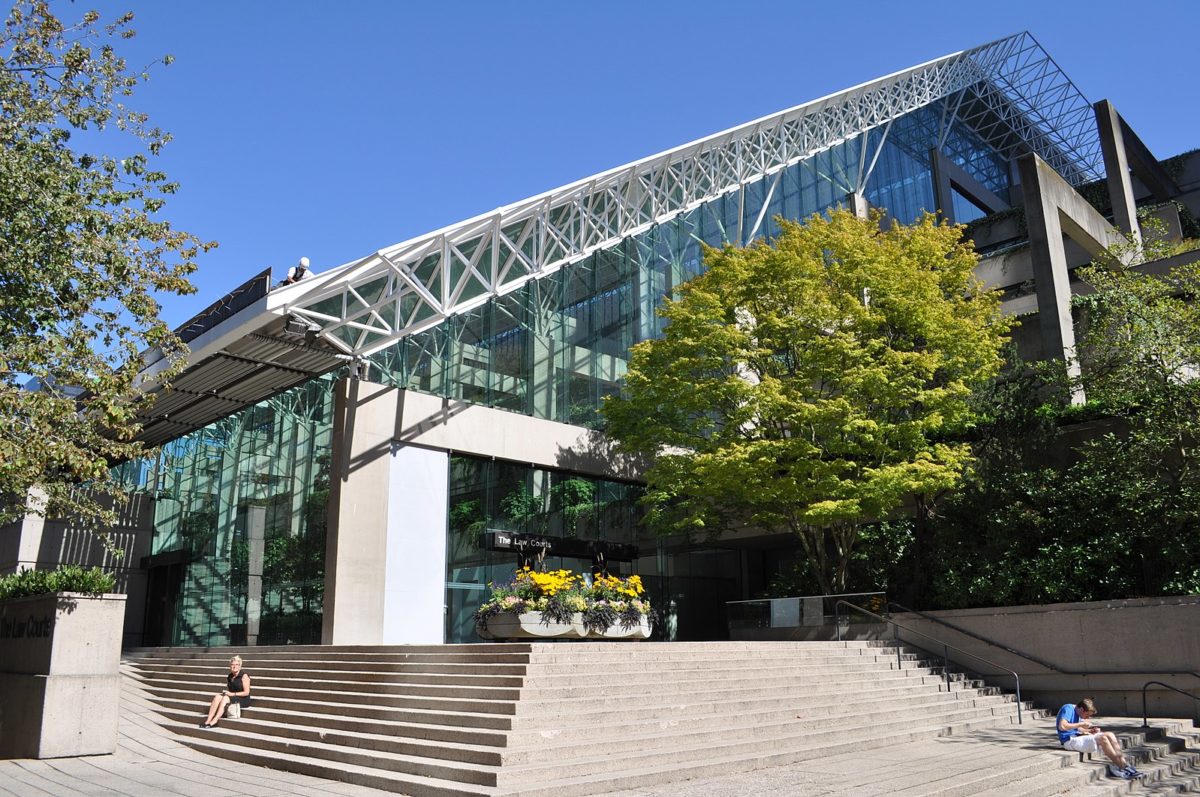
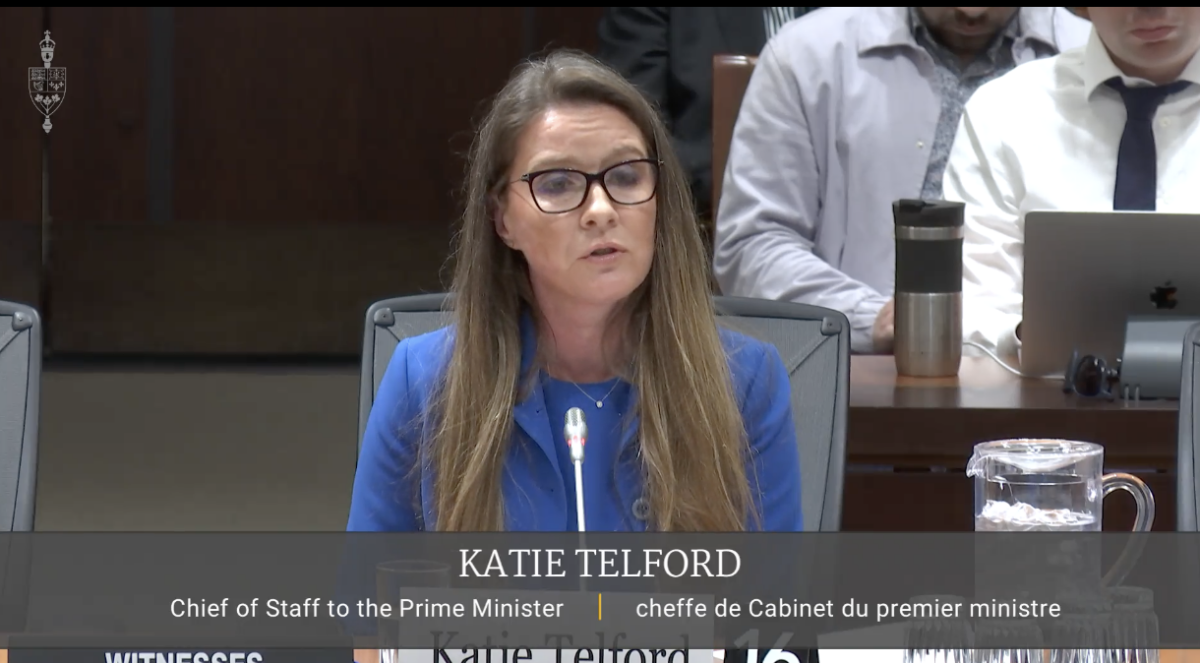
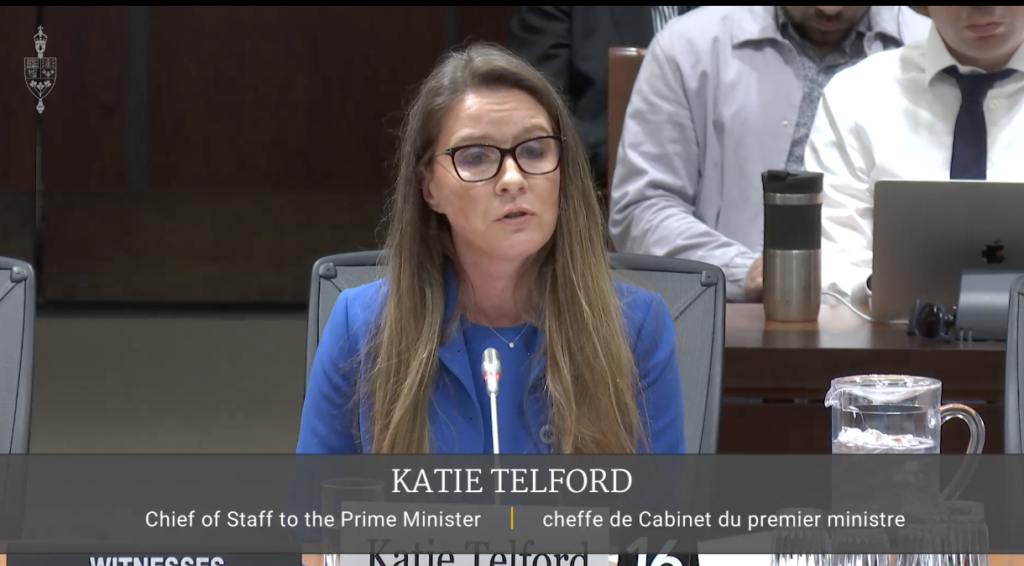

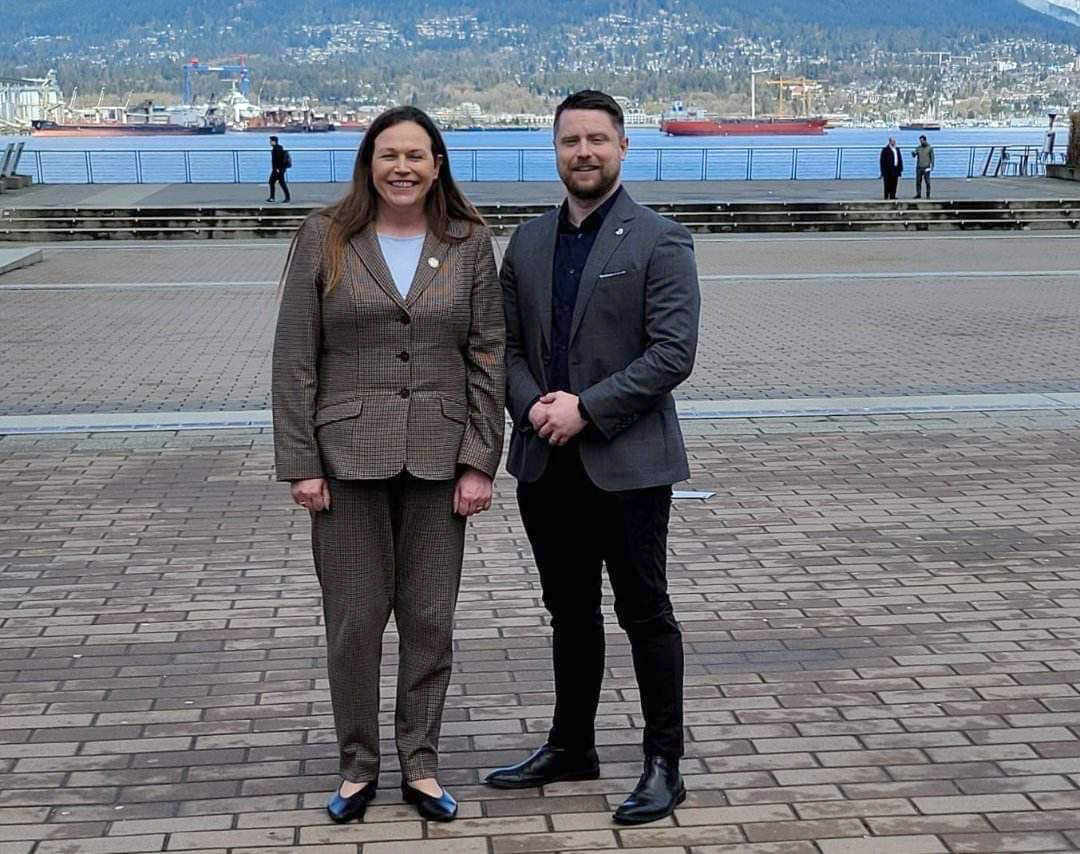
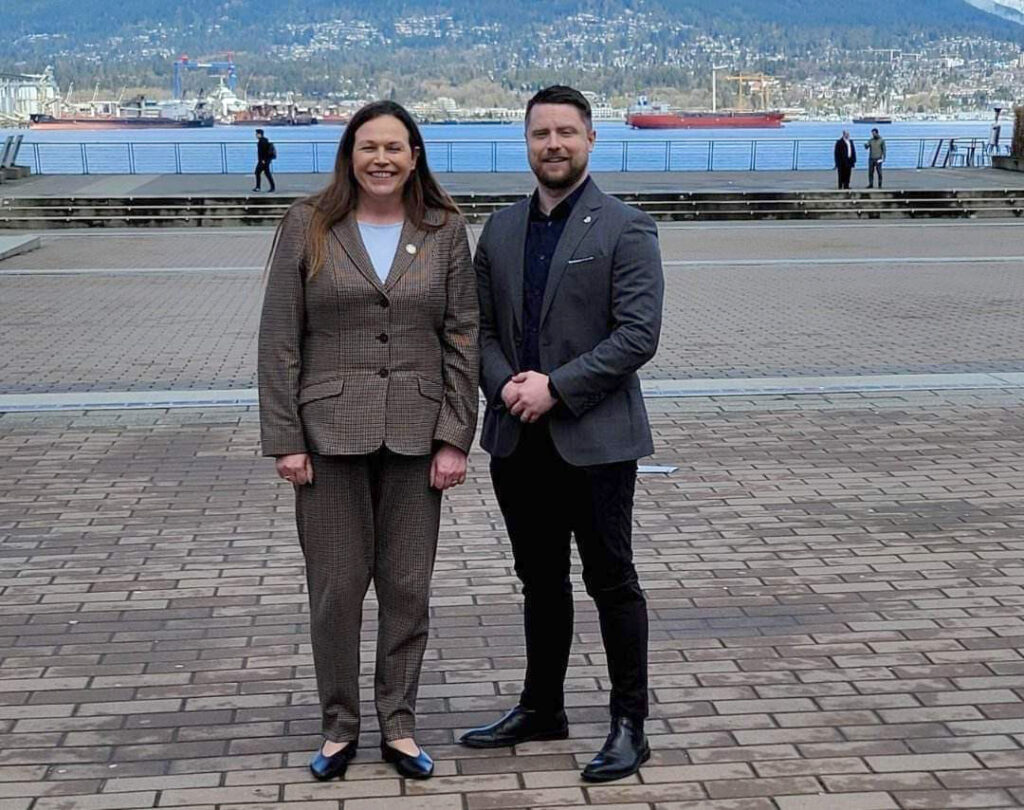
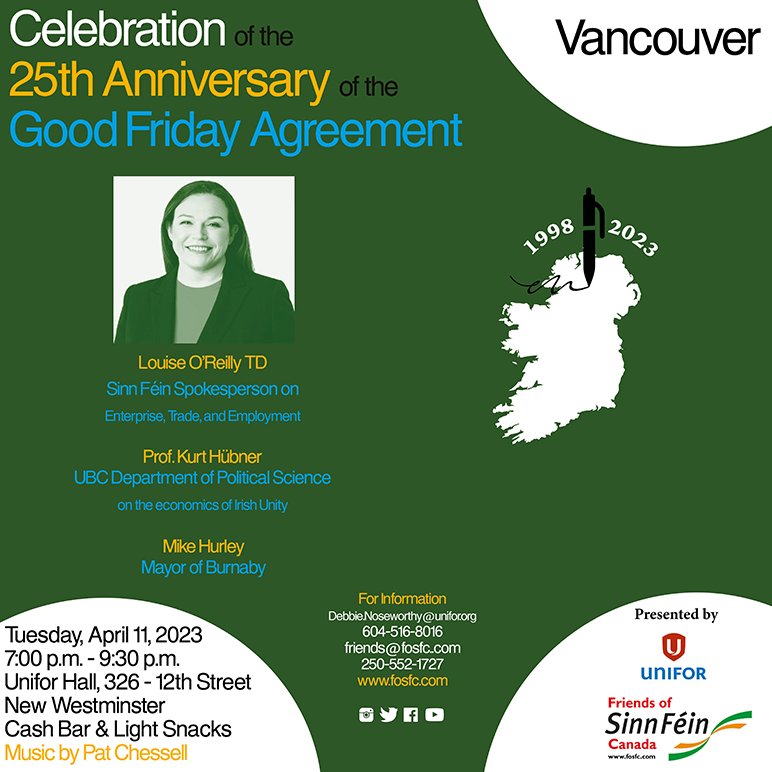 “Through the eyes of the child at that time, it was terrifying,” Hurley said. “Because you didn’t know what was coming next.”
“Through the eyes of the child at that time, it was terrifying,” Hurley said. “Because you didn’t know what was coming next.”